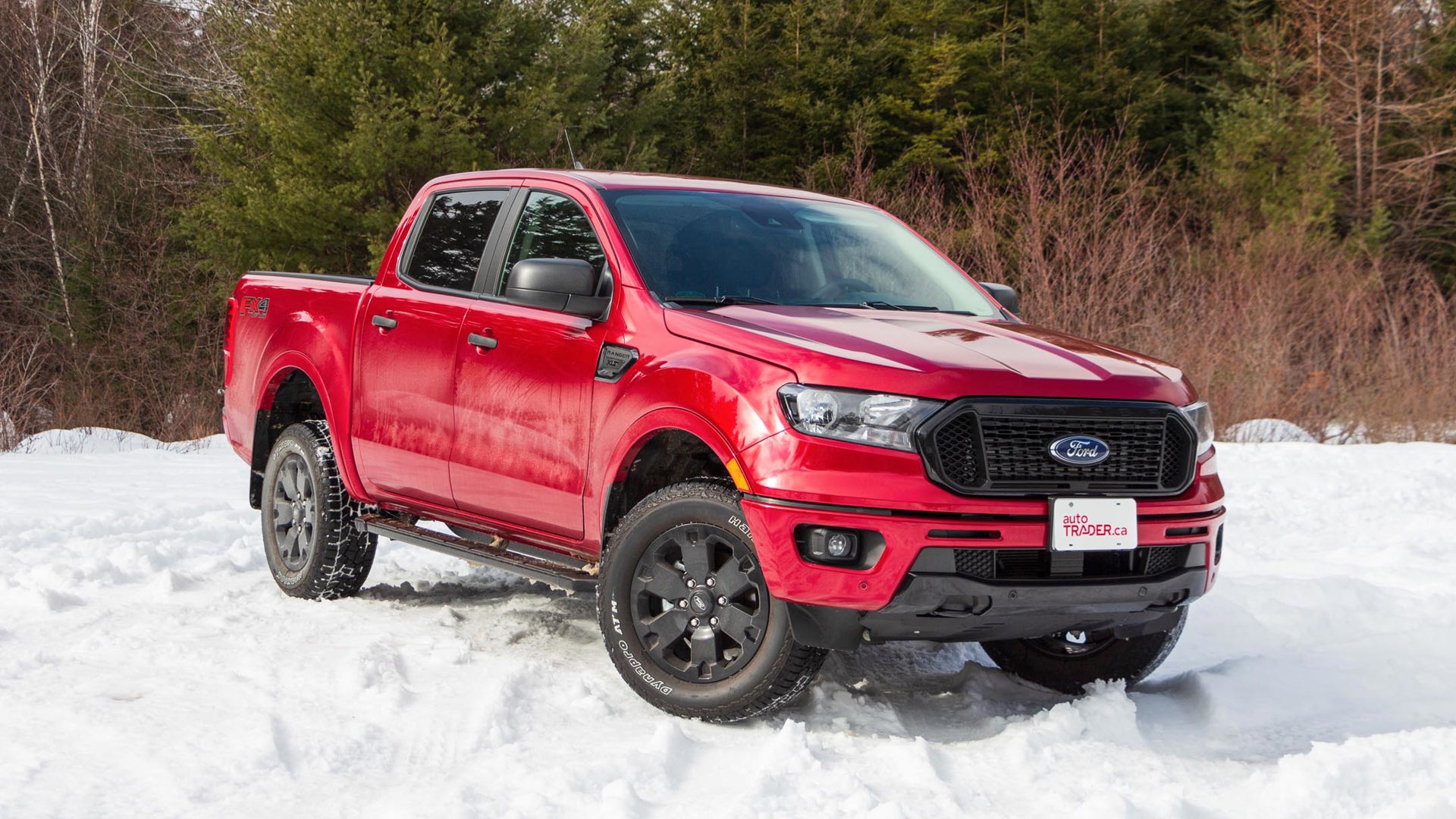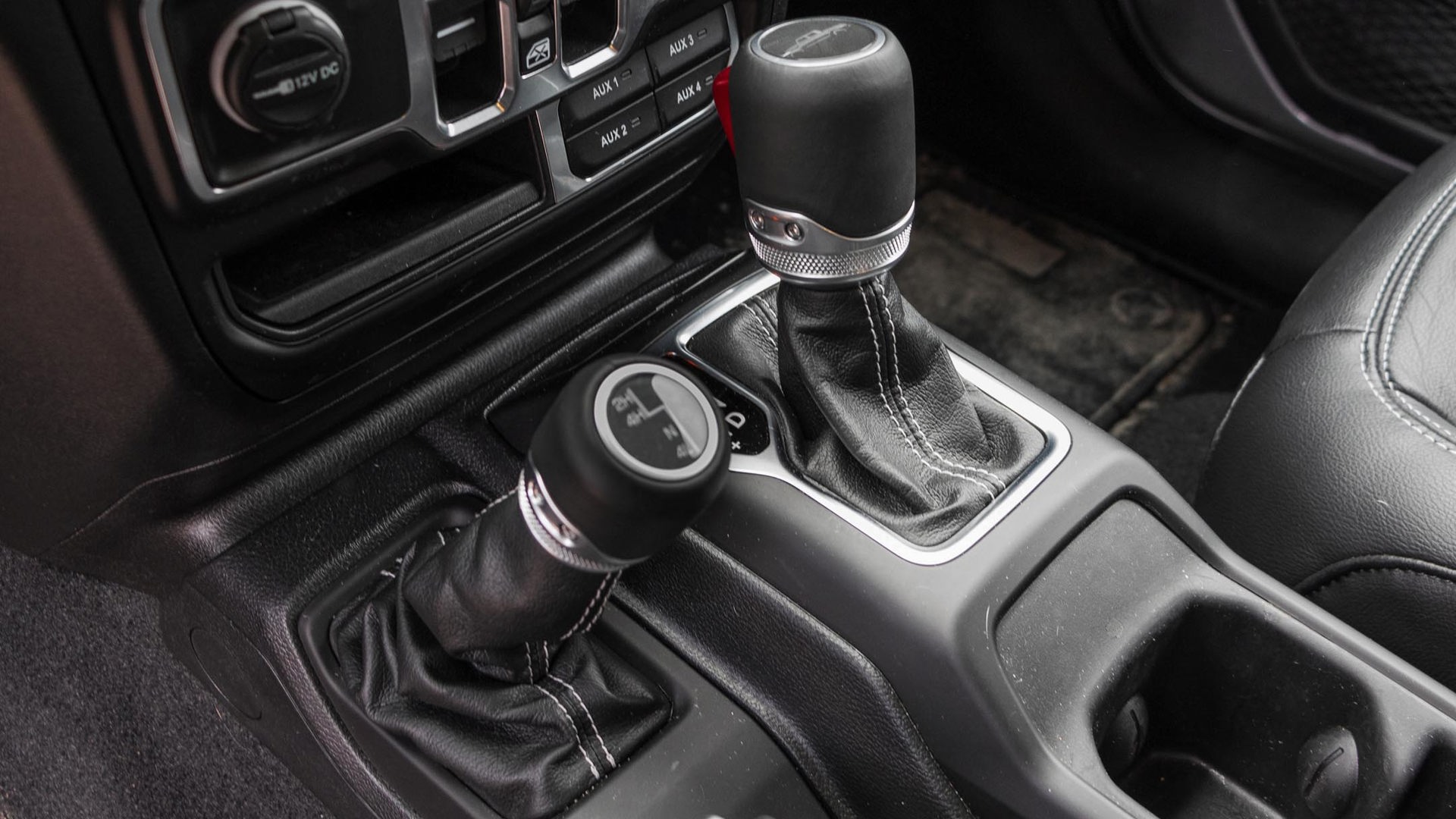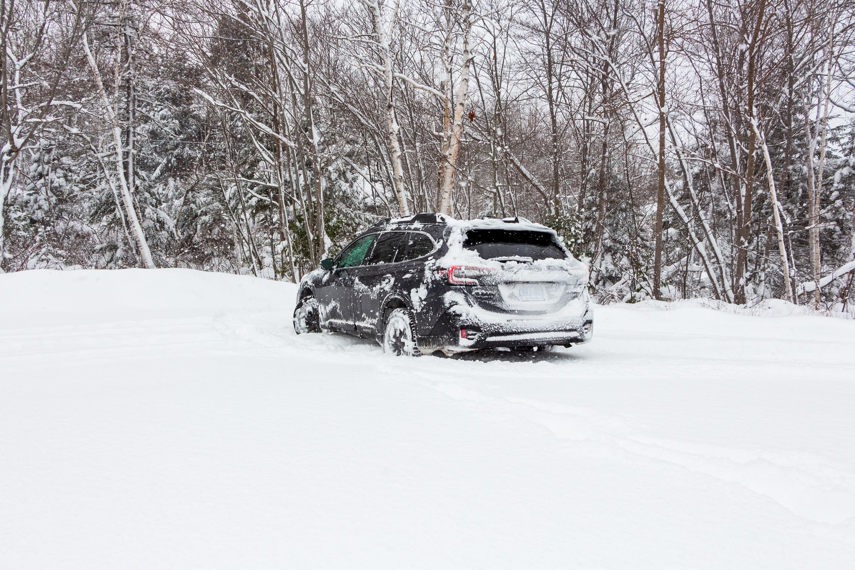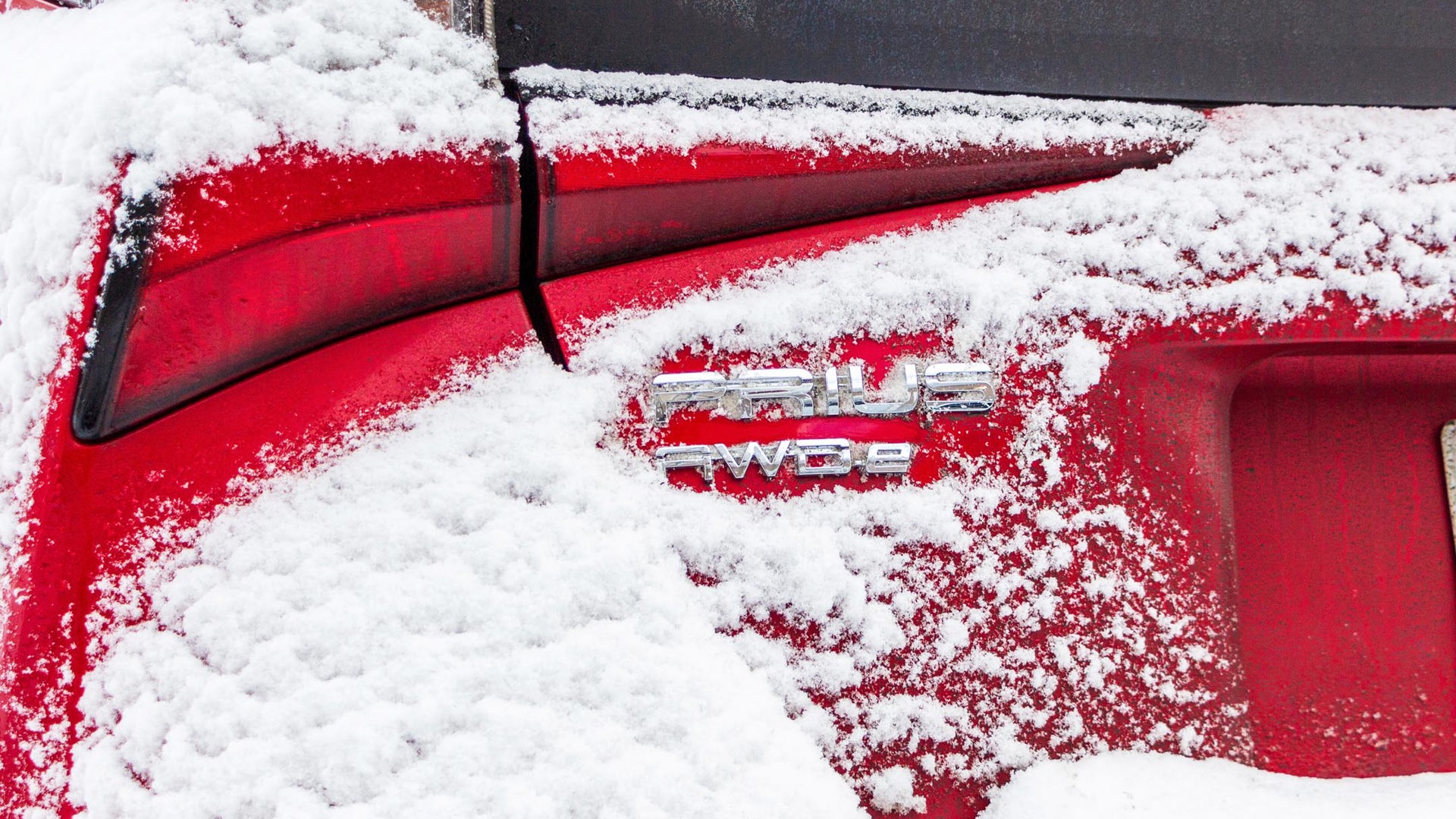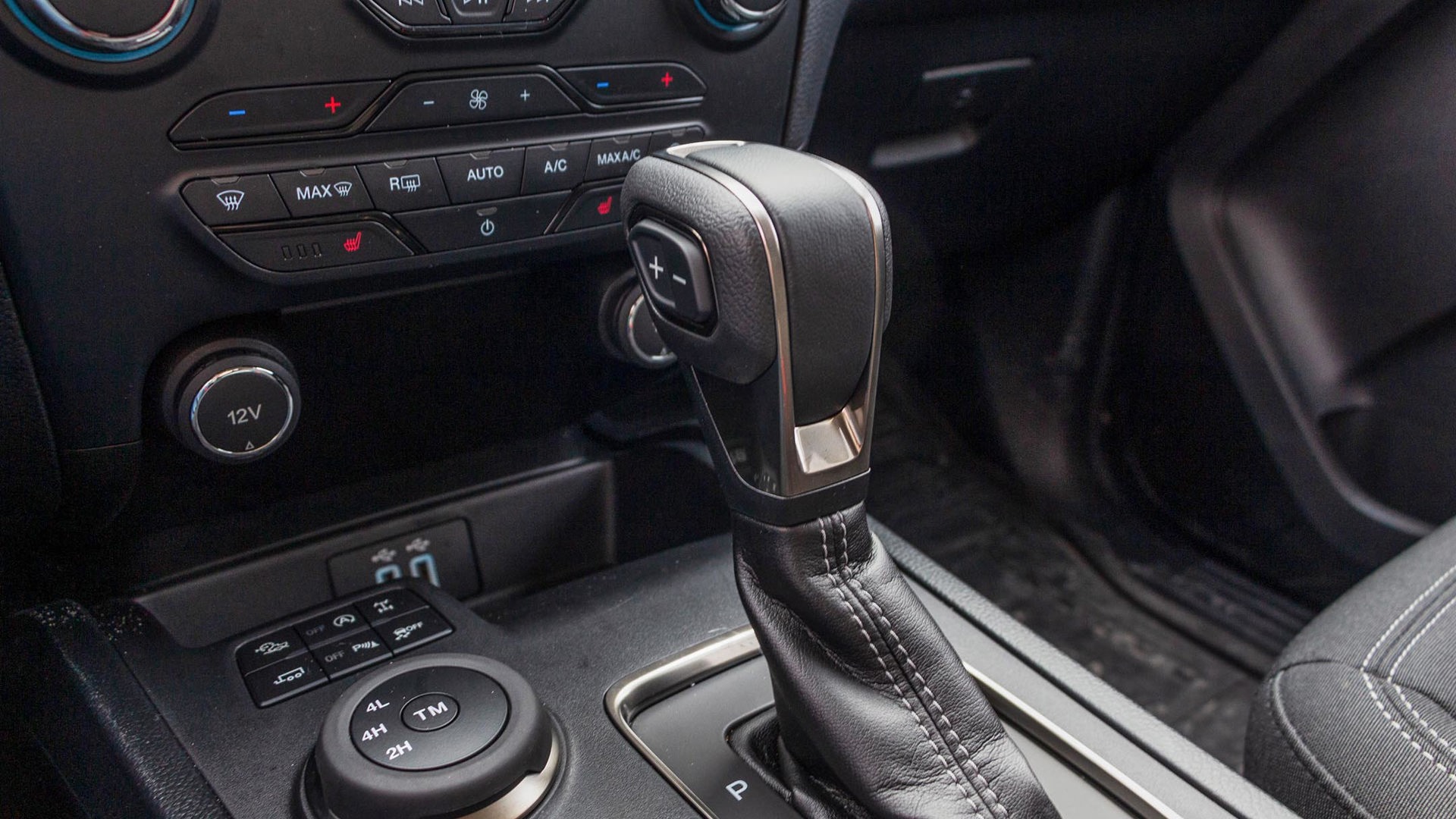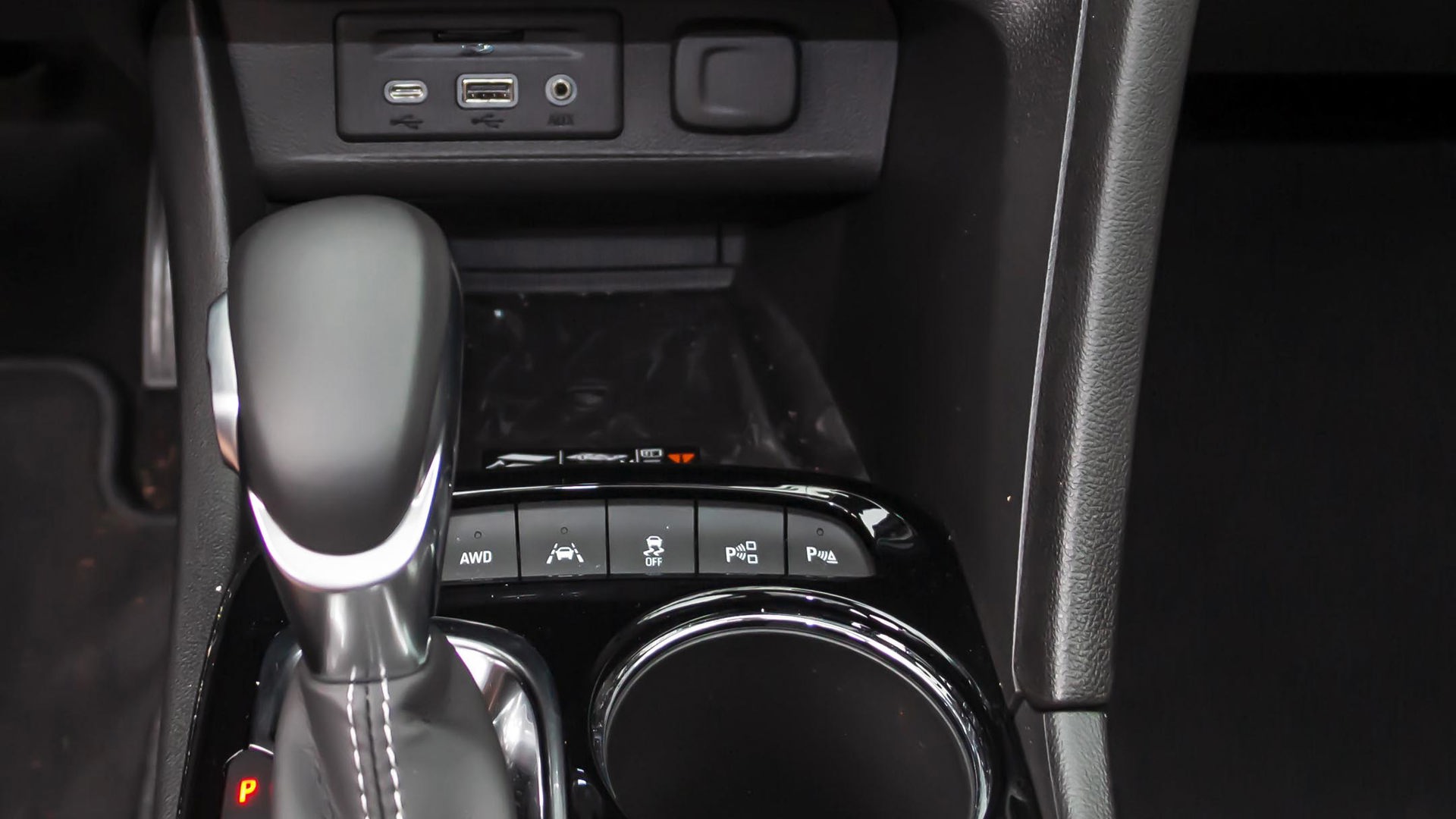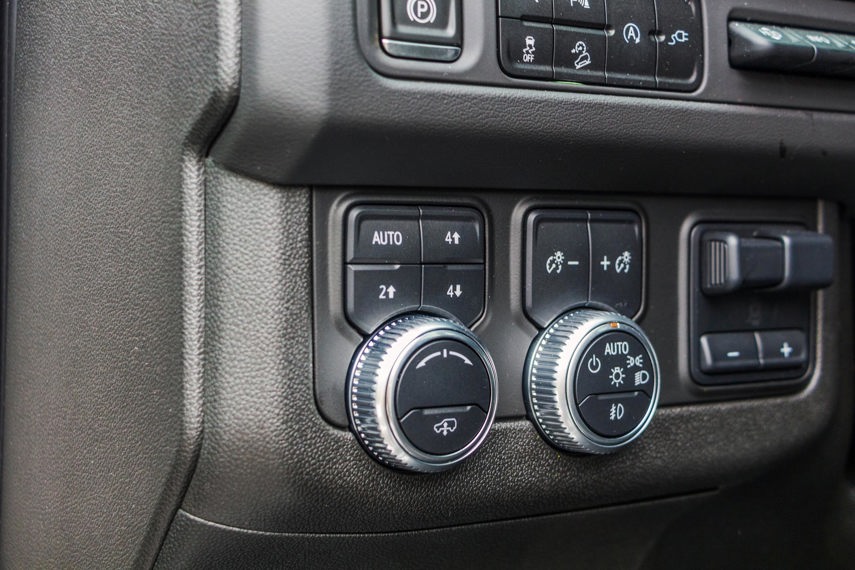If you’re not familiar with all-wheel drive (AWD) or four-wheel drive (4x4 or 4WD), it can be intimidating. You might think of 4x4 as a thing for work trucks where you have to yank some levers to get out of the mud or you might not know anything about the feature at all other than being something that adds $20 to your monthly payment and that you see it mentioned in TV ads all the time. You don’t need to be afraid and you don’t need special training: read on to find out how you drive with AWD or 4x4.
If you’re looking for a deeper dive into how all-wheel drive works, how 4x4 works, and what the differences are between the two, click the link for a delve into the technical bits. The important takeaway is they both drive the front and rear wheels, but 4x4 is usually found on pickups and body-on-frame SUVs like Jeep Wranglers, while most crossovers like a Toyota RAV4 or Ford Explorer use AWD. Some 4x4 and AWD systems are always driving all four wheels at all times, while others only drive one axle – either the front or rear – until slippage is detected by the vehicle. AWD often gets a brand name for each manufacturer, like 4Motion, Quattro, Super Handling AWD, 4MATIC, xDrive, and more. There are differences between every system, but how you drive each one is largely the same.
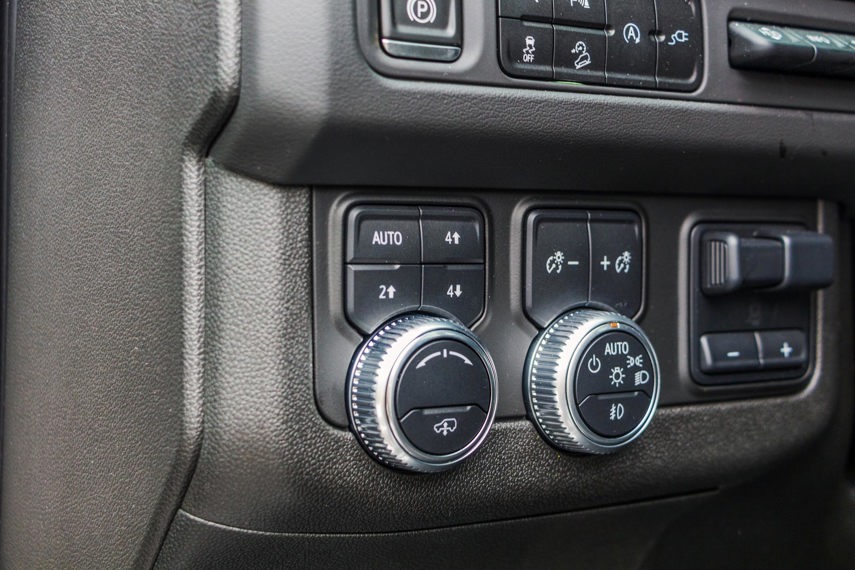
Determine What Kind of AWD System Your Vehicle Has
Before you learn how to drive with your all-wheel drive system, you need to understand what type of AWD system you have. Once you’ve determined that, you need to make sure it’s turned on, though not every system needs to be turned on in the first place. Look around for a button marked AWD, 4Hi, or Auto. If you don’t see one (or anything sounding close to it), then no driver intervention is needed and the car’s computer will figure it out automatically. If you have this type of system, that means you can skip to the next section.
If you see a button marked Auto, that button is all you need to push. If the light is on, all four wheels can be driven. If it’s not, then only two wheels are being powered by the engine. The choice is yours to leave it in Auto all year or to leave it in two-wheel drive until the weather is rainy, cold, or slippery and then you can turn the system on, a step which will save some fuel on dry summer days. Make sure you know if your front or rear wheels are being driven when your AWD system is turned off.
If you have buttons marked 2Hi, 4Hi/Lo, or anything similar, your system might need more steps to activate. These systems are all different, so check your owner’s manual (it is always a good idea to read those things, even for seasoned car owners and drivers). If you have those buttons and one marked Auto, you can still use Auto all the time. Otherwise, 4Hi is usually for slippery conditions and 4Lo is for extra low-speed rock crawling and off-roading. It’s not for dry pavement and driving in 4Lo in those conditions can damage most systems. Even those hardcore off-roaders let you change into 4x4 from in the cab, leaving old-fashioned locking hubs a thing of the past and good riddance to them.
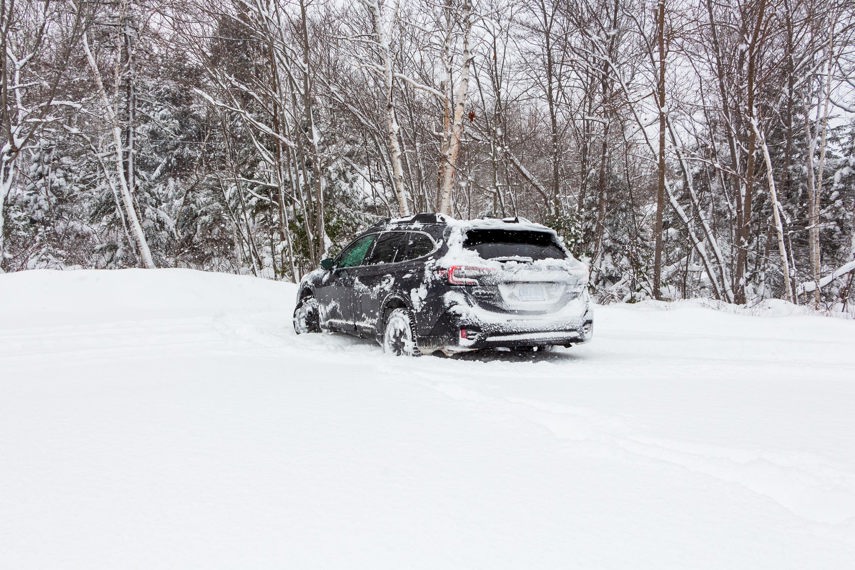
How Do You Drive With AWD?
So how do you drive with AWD? For the most part, just like you would in a front-drive vehicle but with more traction in some situations. We want to emphasise some situations one more time. In most two-wheel-drive cars and crossovers, if you push on the accelerator and both driven wheels are in the snow, the power goes to both and they spin, meaning you’re stuck. If you press the gas and one is on pavement with the other in the snow, all of the engine’s power goes to the wheel in the snow. It’s not ideal, but it is how it works.
With 4x4 and AWD, the engine’s power will normally be sent to all four wheels. So if even one tire has grip, far more likely if all four are turning, you can start moving forward or in reverse. That’s the perk of AWD: power goes to more tires, meaning your odds of finding traction are greater. It also means your tires can move you forward with less grip since they have more traction between them.
You get underway with less work, but less work doesn’t mean you can just floor the gas and go in every situation. If you’re starting on a snow- or ice-covered surface, you still need to press the pedal with some finesse. Add more power slowly, because a tire not spinning (and just rolling) has more grip than a spinning one in most cases.
On the move, a vehicle with AWD or 4x4 feels more stable than a vehicle without, for the same reason. Power is going to all four wheels, so there’s rarely one just along for the ride. If your front tire spins, instead of suddenly slowing the vehicle, a rear tire keeps pushing you forward; the same goes if a rear tire spins. Think of it like hockey. If one player can’t move the puck forward, they can pass it to a teammate who keeps the play in motion.
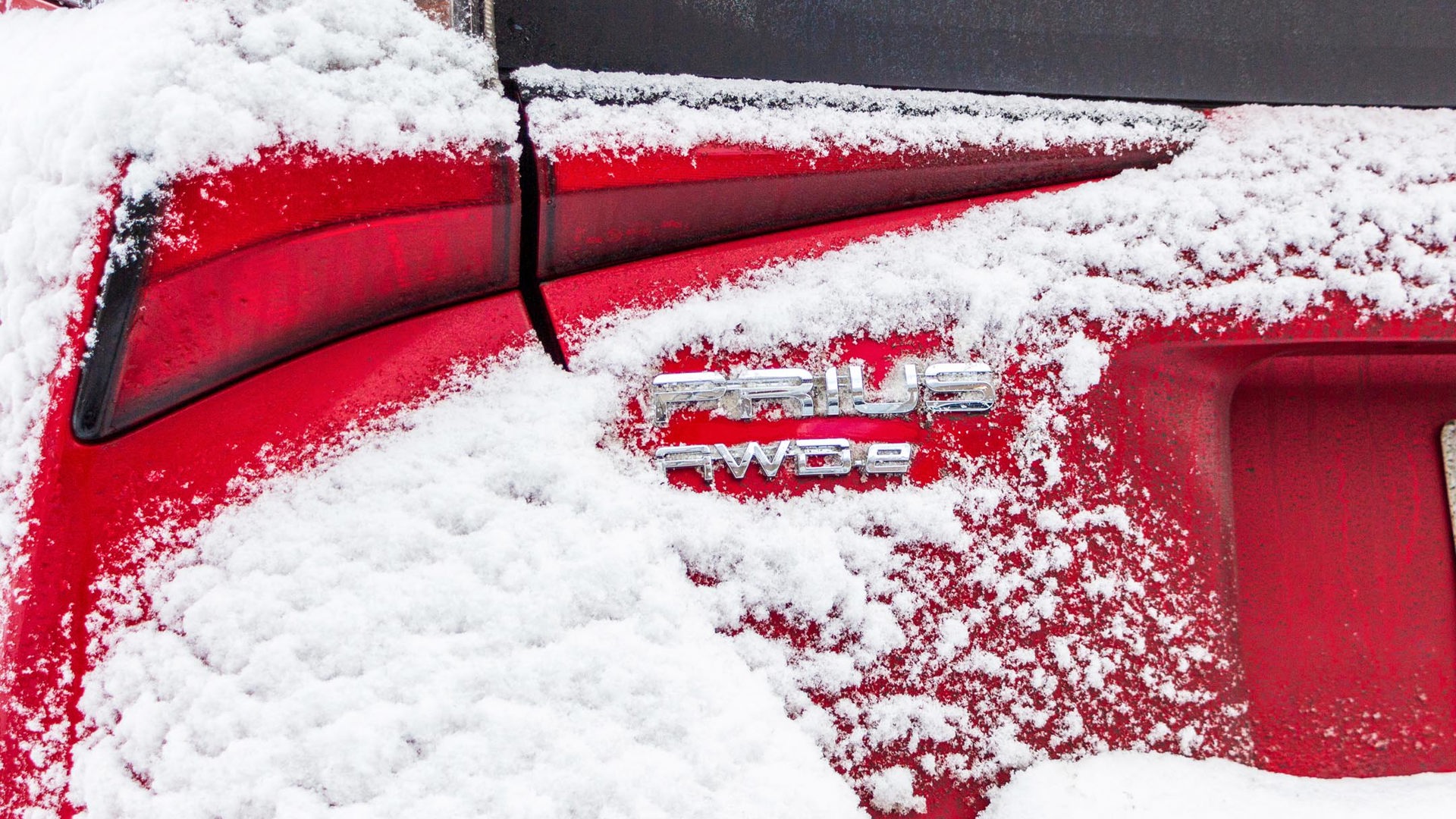
AWD Doesn’t Make You Invincible
When it comes to stopping and steering, though, four-wheel drive is like a one-hit wonder on the radio. You love the big No. 1 hit – sure-footed acceleration – but you can’t play just one song all the time and their other songs aren’t as impressive.
When you’re making a turn, AWD does much less to help you. If a front tire spins, yes, a rear tire will keep you moving forward, but it will only help you move forward. The rear tire can’t make the car steer directly, though if only the rear has traction, you could quickly find the back of your vehicle overtaking you in a spin. Slow down for corners as much as you would in a two-wheel-drive vehicle, and maybe even a bit more because AWD equipment is heavy, which can make steering and slowing down on snow and ice take longer.
AWD makes every wheel spin, but when it comes to stopping, AWD won’t help at all because vehicles with AWD have the same number of brakes as two-wheel-drive vehicles. The road is usually the slickest near intersections, where stopping and starting vehicles have packed snow into ice, and braking will take more distance than normal. AWD means you still need to have a longer following distance in the snow, ice, or severe cold. Again, AWD does not help you stop any faster.
When you’re driving on a normal dry day, you can drive the same way you would have before you started thinking about all-wheel drive. When it snows, you’ll still need to slow down for corners and stop lights. You just won’t need to worry about getting going again.
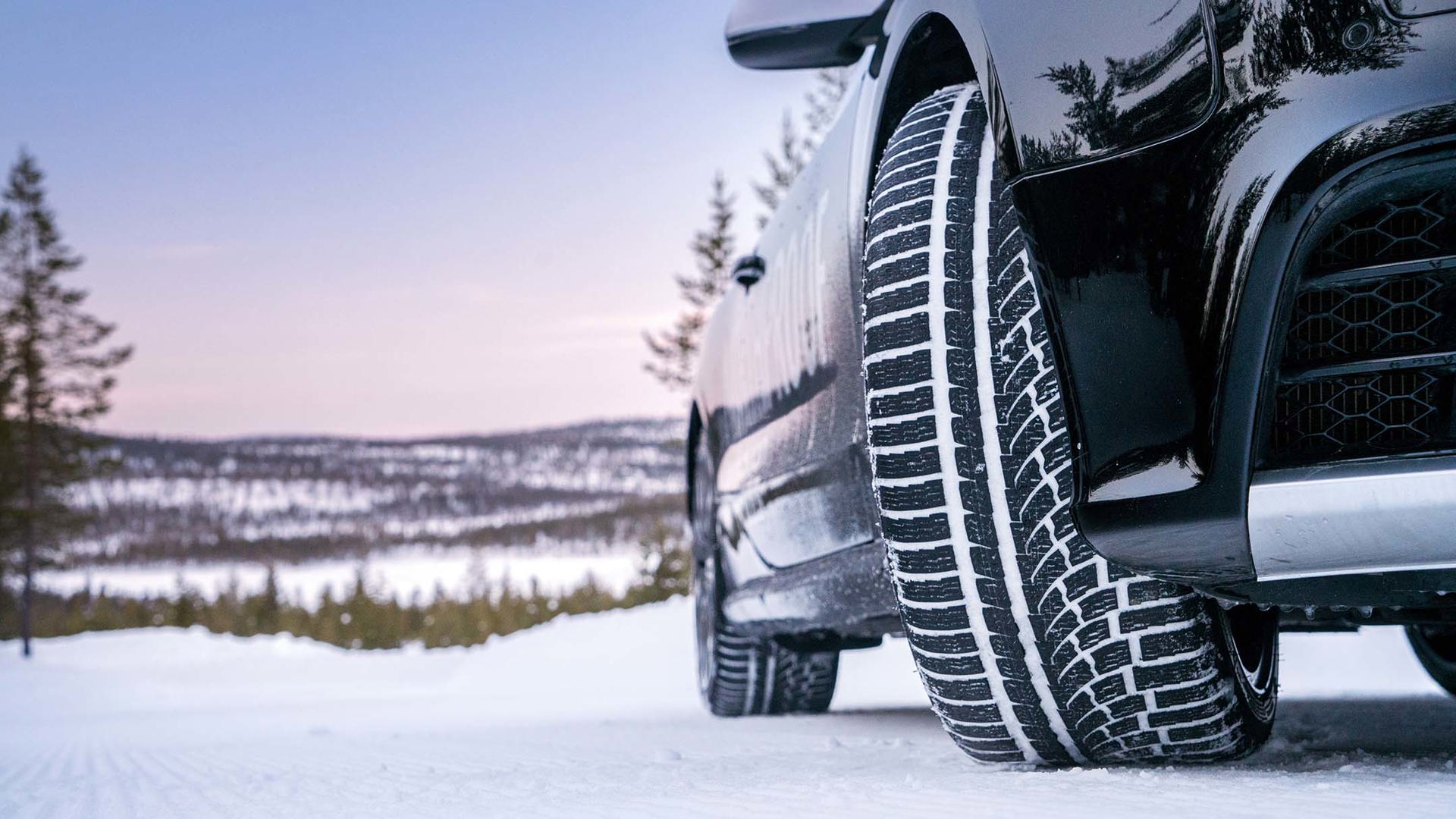
We’ve mentioned several times that AWD and 4x4 only help you when you’re trying to get going. Turning all four wheels instead of just one or two gets you out of a slippery spot, but driving all four wheels doesn’t change how cars stop or turn. This is why proper tires, and winter tires for winter conditions, are still essentially important even with all-wheel drive. Four times zero traction is still zero, which is what you can end up with if you’re using low-tread, summer, or even just “all-terrain” tires instead of dedicated winter tires.
Even more critically, the extra traction AWD gives when you accelerate might give some drivers a false sense of confidence, which means you could be going even more quickly when it’s time to stop, time to turn, or when wind and weather decide your vehicle is now heading toward the ditch instead of down the road. When that happens, your AWD system, no matter how complicated and advanced, can’t do anything to help you. You’re relying on your tires to stop and turn, not your fancy extra axle, and all-season tires don’t cut it.
We’ve covered how to operate a vehicle with all-wheel drive, so now it’s time to find an empty and slippery parking lot for some practice. A few rounds of emergency braking will show you the difference between AWD acceleration and AWD stopping, plus as a bonus, it will get you used to the sudden noise and shake of your anti-lock braking system working, often a shock the first time you experience it in a new vehicle. Get some practice with your AWD vehicle so you can safely explore its limits and know how to react when the going gets slippery.
